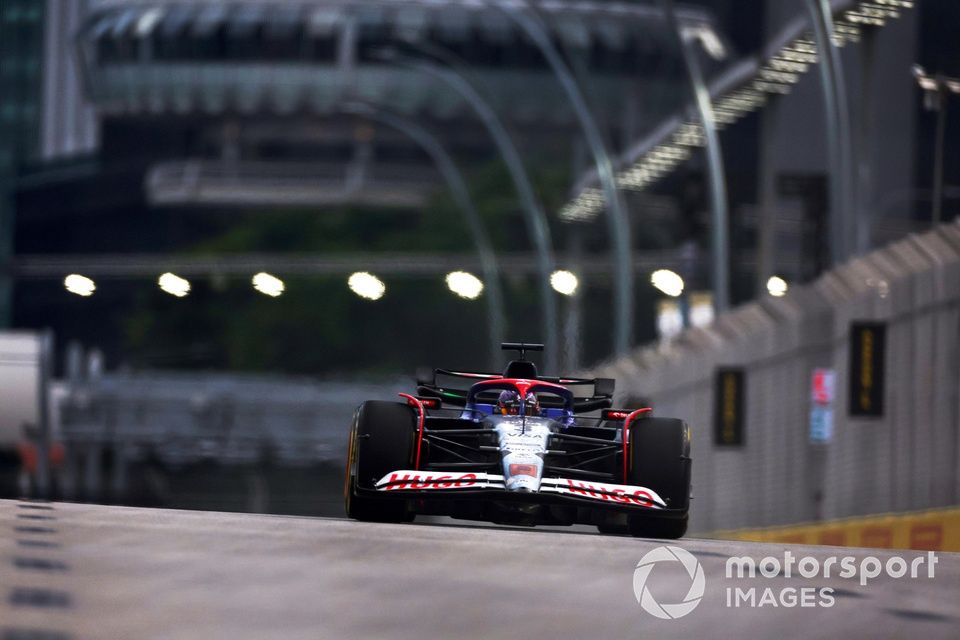

**Assessing the Pole Sitter’s Effectiveness in Formula 1 Wagering**
In the high-stakes arena of Formula 1, where accuracy, velocity, and tactics intersect, wagering aficionados frequently regard the pole sitter as a possible sign of race triumph. The pole sitter, the competitor who qualifies in the top slot, is commonly perceived as having a considerable edge. Nevertheless, assessing the pole sitter’s effectiveness in Formula 1 wagering necessitates a detailed comprehension of various elements that impact race results.
**Past Success Ratios**
Traditionally, beginning from pole position has been beneficial. The pole sitter enjoys the clearest path ahead, minimizing the likelihood of early accidents and facilitating optimal racing lines. However, the link between pole position and race victory is not guaranteed. Throughout the years, statistics indicate that roughly 40% of races are captured by the pole sitter. This statistic fluctuates by circuit, with certain tracks presenting a more pronounced advantage due to limited overtaking chances.
**Circuit Attributes**
The characteristics of the circuit play a vital role in ascertaining the pole sitter’s likelihood of transforming pole position into a victory. Tracks like Monaco, with its constrained streets and scarce overtaking possibilities, strongly favor the pole sitter. In contrast, circuits featuring extensive straights and various overtaking areas, like Monza or Spa-Francorchamps, offer greater chances for other competitors to contest for the lead.
**Climatic Factors**
Weather is an erratic element that can significantly influence a race’s outcome. Wet conditions, especially, can diminish the benefits of starting from pole, as grip levels fluctuate and a driver’s proficiency in navigating slippery surfaces becomes critical. Bettors should take into account weather predictions and historical performance under diverse conditions when assessing the pole sitter’s prospective success.
**Team Strategy and Dependability**
Team strategy, encompassing pit stop timing and tire selections, can notably affect the race result. A pole sitter from a team exhibiting strong strategic capabilities and dependable car performance is more inclined to retain their lead. In contrast, mechanical malfunctions or strategic miscalculations can swiftly lessen the pole sitter’s edge.
**Driver Competence and Consistency**
While the car’s efficiency is vital, the driver’s talent and consistency carry equal significance. A pole sitter known for maintaining poise under stress and possessing a track record of robust race finishes presents a more trustworthy wager. Conversely, a driver recognized for making mistakes or faltering in race scenarios may fail to leverage their pole position.
**Final Thoughts**
In Formula 1 wagering, the pole sitter’s effectiveness is shaped by a complicated interplay of factors, including circuit attributes, climatic conditions, team strategy, and driver aptitude. Although starting from pole position provides a statistical edge, it does not guarantee race victory. Bettors need to perform a thorough analysis of these elements to make well-informed choices. Grasping the intricacies of each race and the variables in play is crucial for assessing the pole sitter’s potential effectiveness in Formula 1 wagering.






